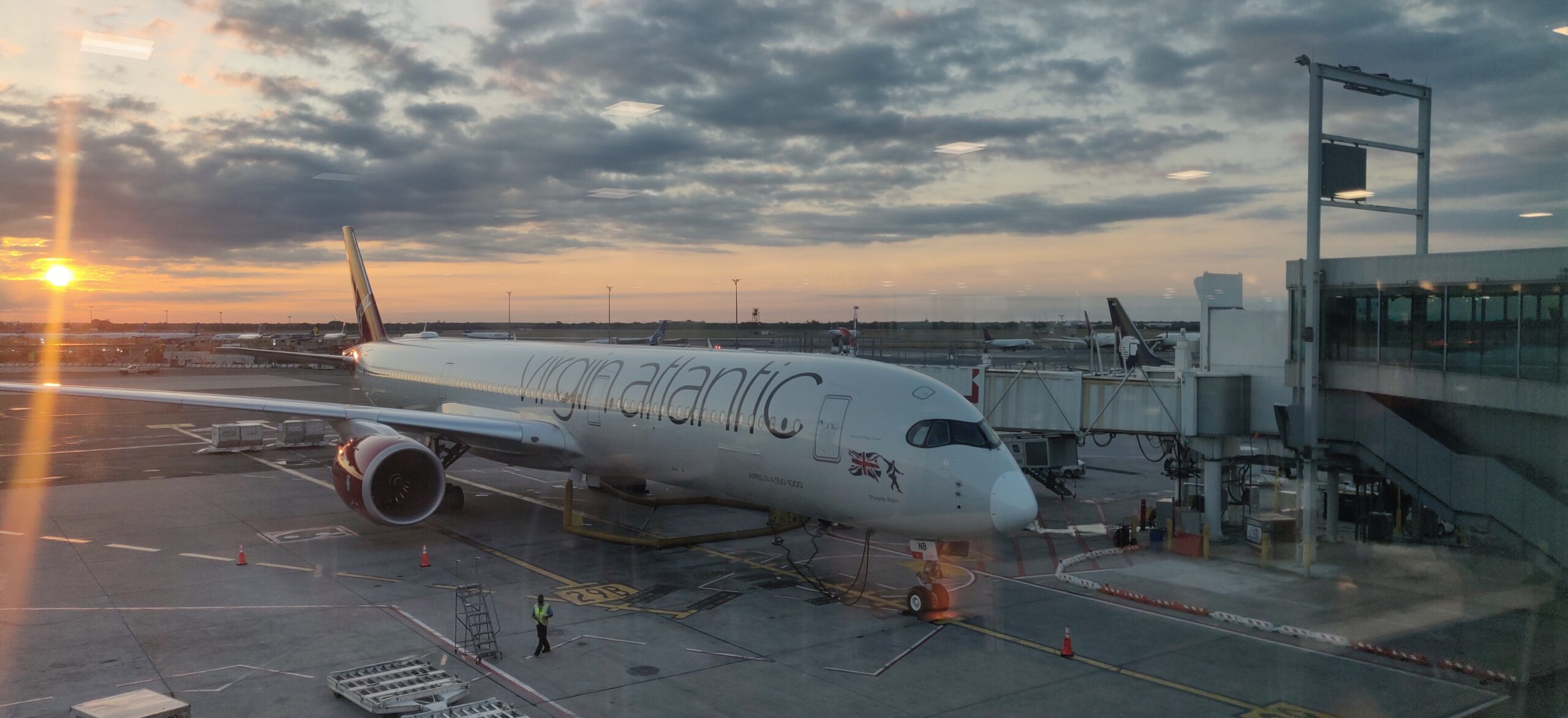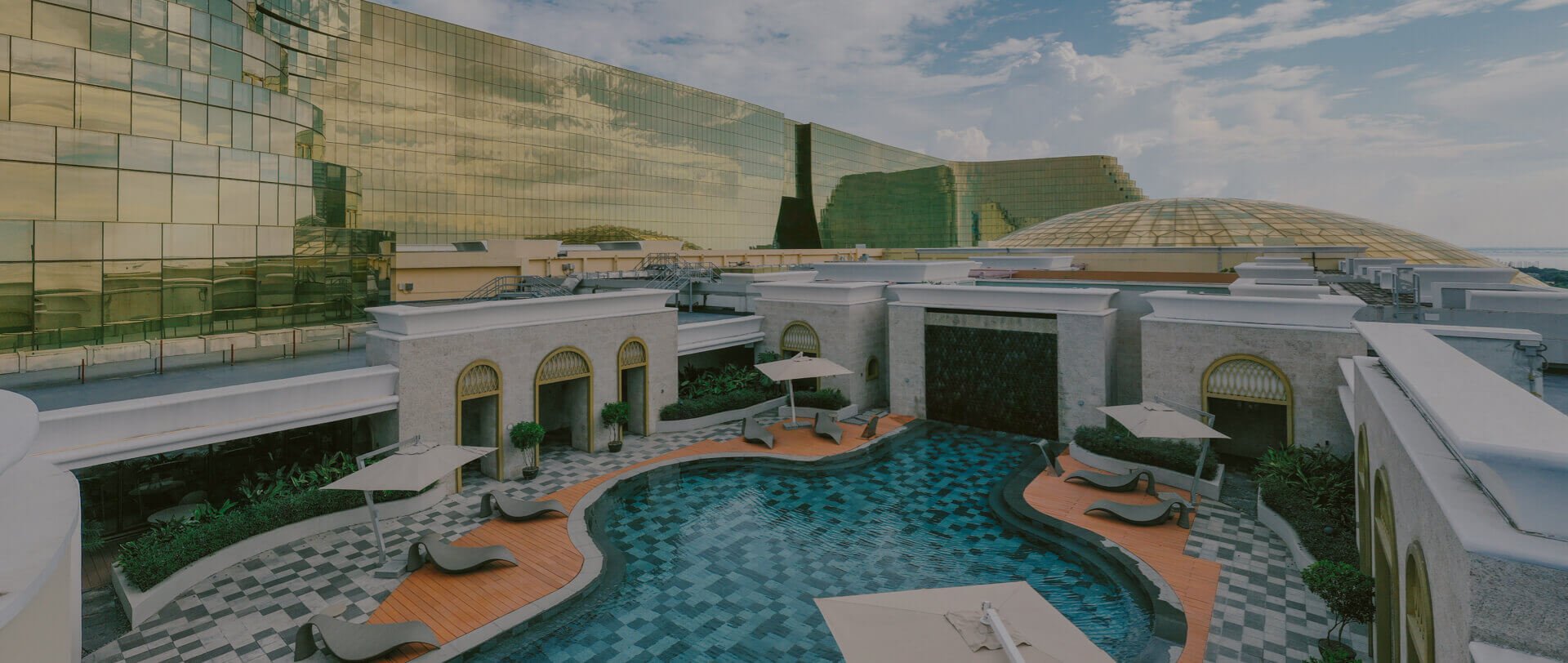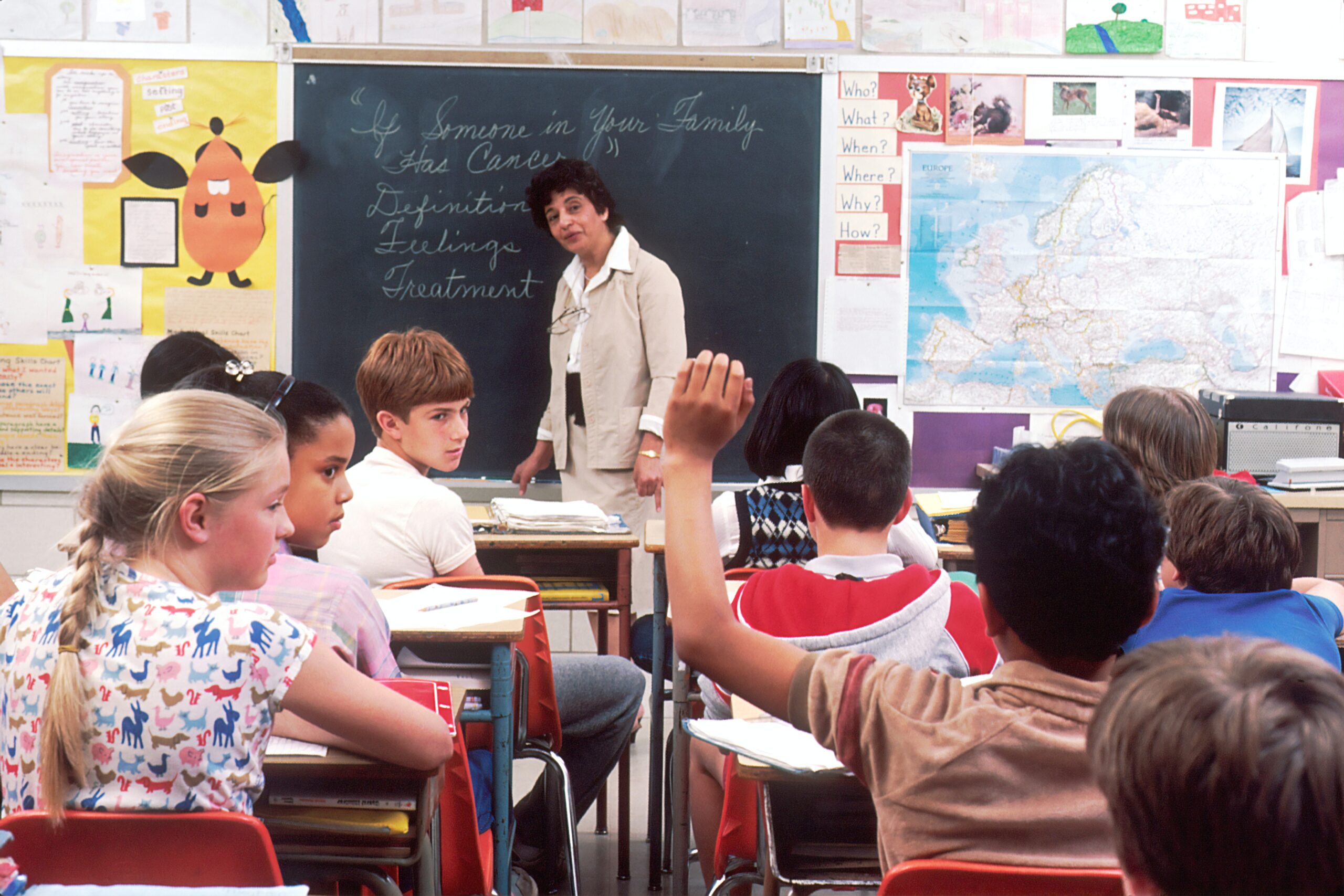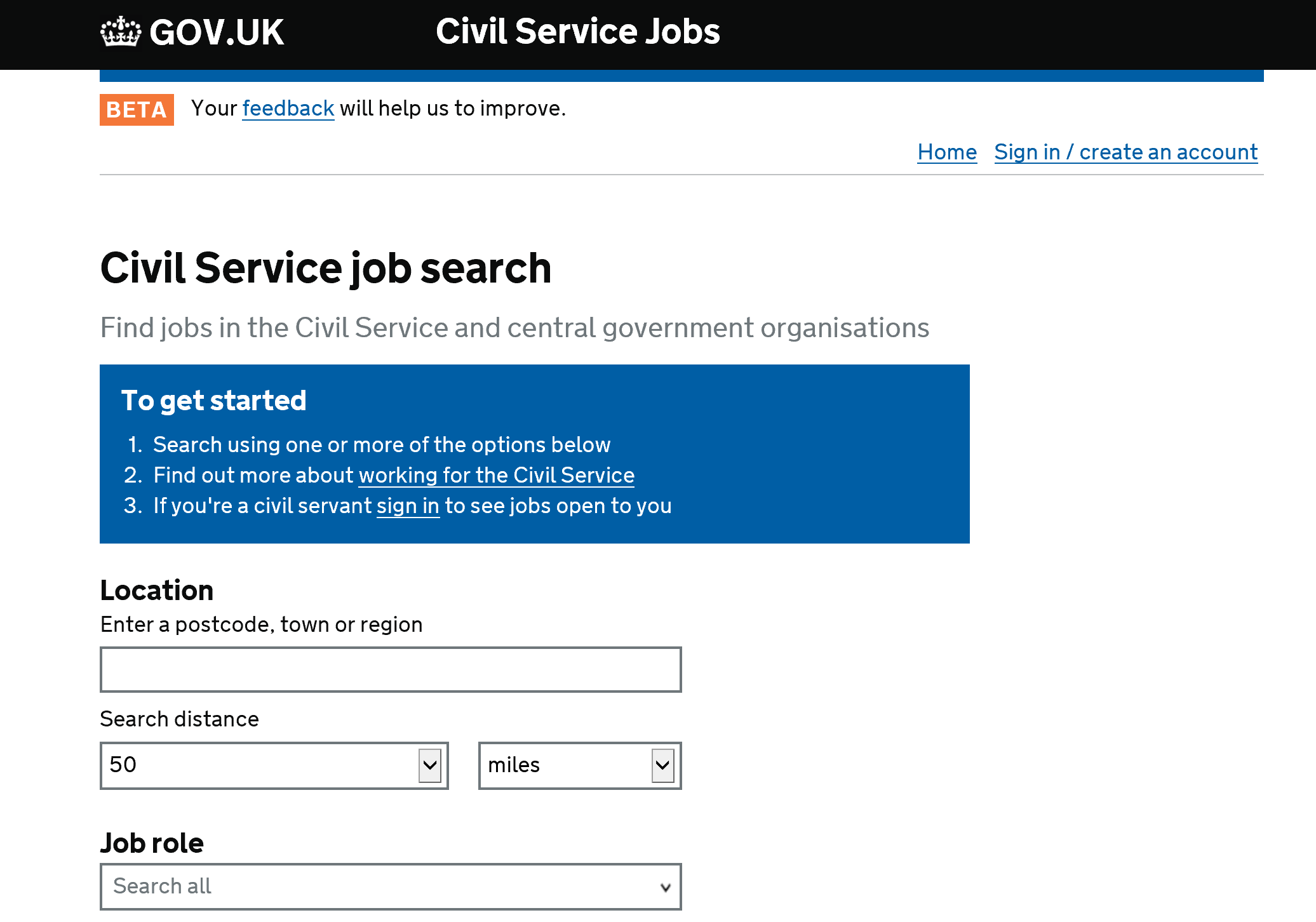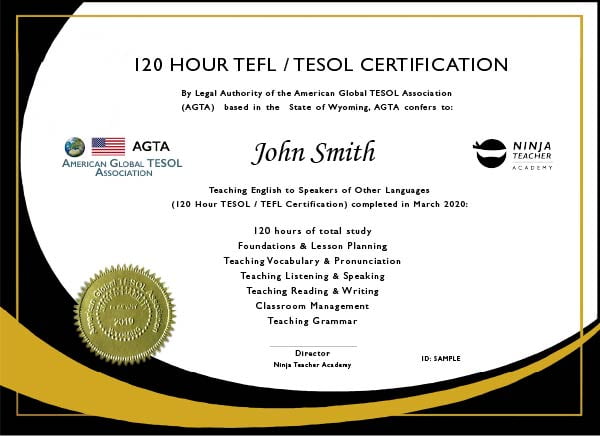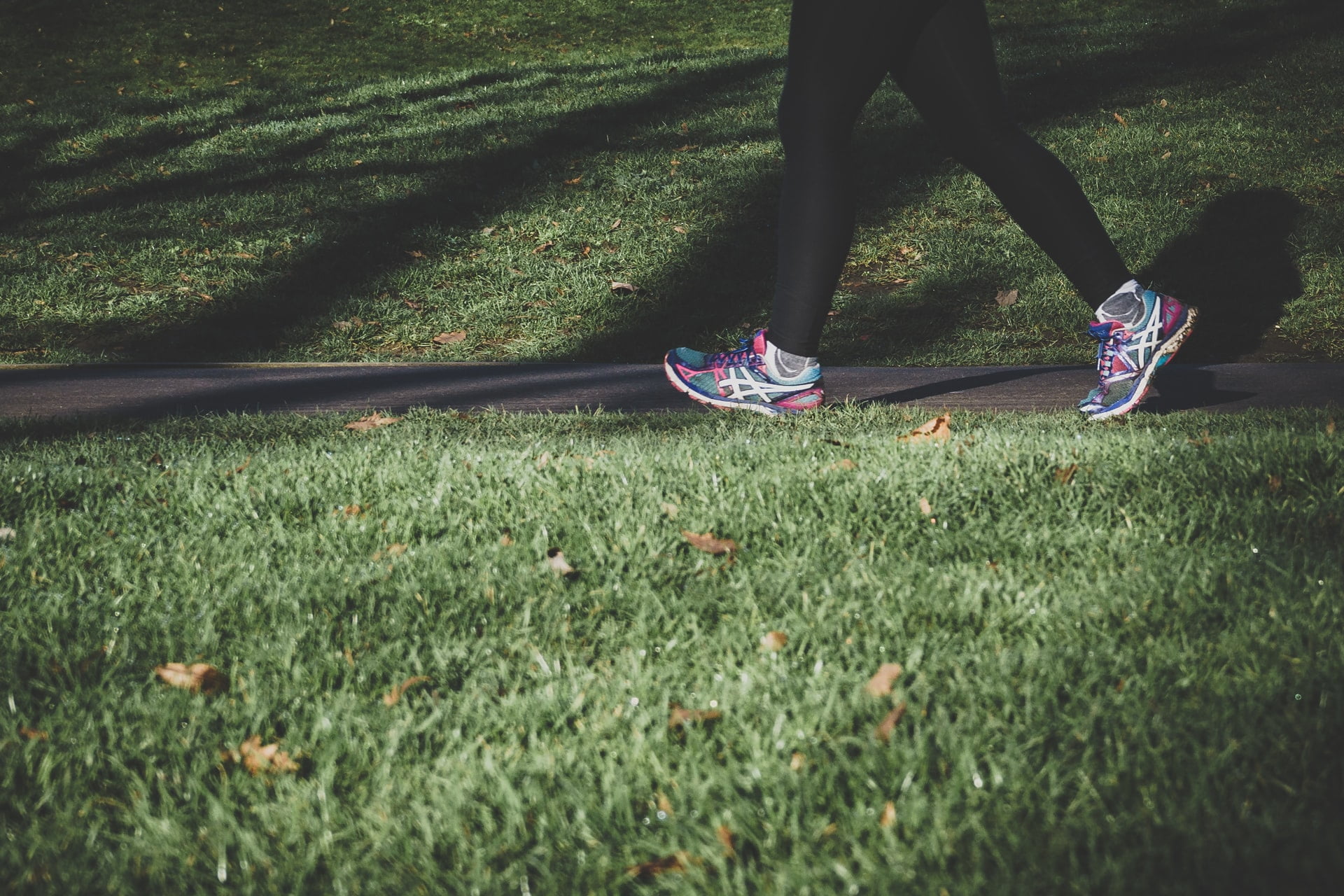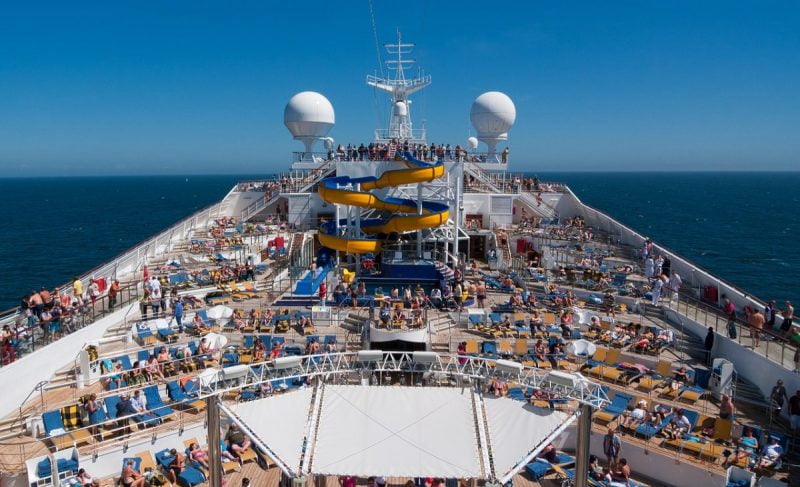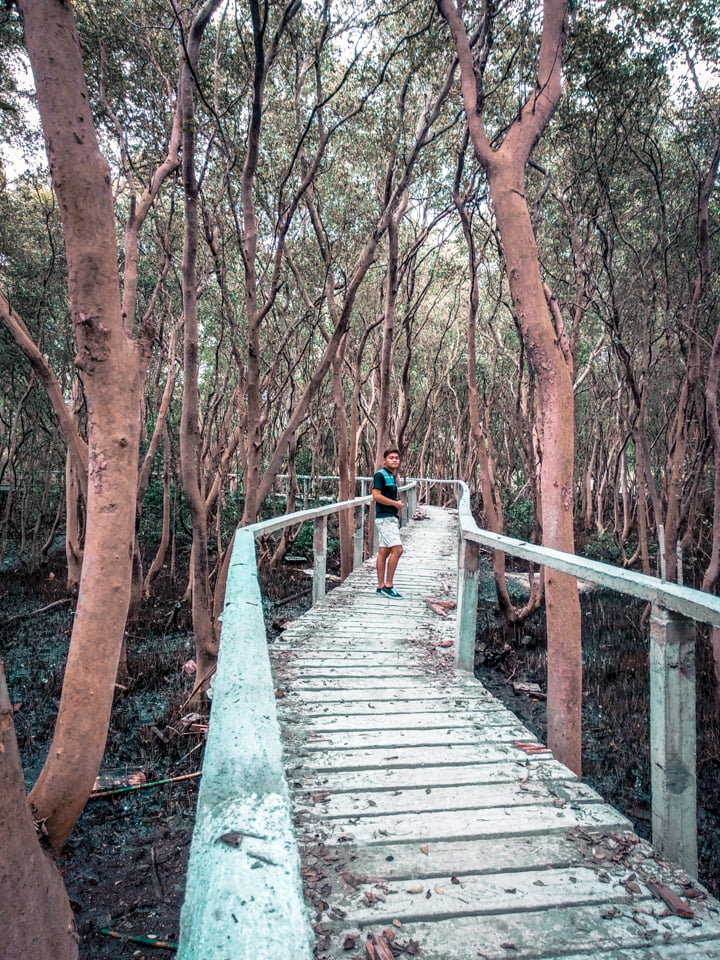
With the Department of Tourism, we were able to visit the Last Frontier of the Coastal Area, the Las Piñas – Parañaque Critical Habitat and Ecotourism Area or most known as LPPCHEA.
LPPCHEA
The Las Piñas-Parañaque Critical Habitat and Ecotourism Area (LPPCHEA) is a nature sanctuary situated south of Manila Bay and along Coastal Road. Open to the general public, the area offers visitants a welcome breather from all the noise and bustle of urban living.
Covering around 175 hectares of wetland ecosystem, LPPCHEA consists of two (2) islands—Freedom Island and Long Island—with mangroves, ponds and lagoons, mudflats, salt swamps, and mixed beach forest all over. Established in 2007 thru Presidential Proclamation No. 1412 as amended, LPPCHEA is the first critical habitat to be declared in the country.
With its verdurous landscape, calm lagoons, and diverse collection of wild birds, the area gives visitors a chance to commune with nature, study, or simply stare at life’s majestic creations. Guests are introduced to a diverse variety of ecosystems as they take a trek inside the area. With more than 36 hectares of mangrove forest, by far the most extensive in Manila Bay, LPPCHEA truly lives up to its notoriety as the region’s last coastal frontier.
LPPCHEA hosts around 41 species of migratory birds in the area, with some arriving from as far as Siberia, China, and Japan.
Main Attractions at LPPCHEA
Wild Migratory Birds

Wild birds are the main fascination of LPPCHEA. At any given day, guests are sure to find birds nesting, feeding or flying around in the open. LPPCHEA serves as a haven for our feathered buddies. Currently, there are around 82 wild bird species found in LPPCHEA, 41 of which are migratory. Little Egrets and Black-Crowned Night Herons are some of the examples.
Other birds that have attracted the awareness of birders from all over are the endangered Chinese Egret, Common Greenshank, and Black-Winged Stilts. Meanwhile, some bird enthusiasts have reported even seeing rare species such as the Pied Avocet, Siberian Ruby-Throat and Grey-Tailed Tattler in the area.
Mangroves
Another attraction in LPPCHEA is its mangrove forest – the thickest and most diverse among the remaining mangrove areas within Manila Bay. Mangroves are salt-tolerant trees adapted to living in salt and brackish water conditions. These trees act as a shelter, spawning, and feeding grounds for birds and sea animals. It serves as protection for the coastal communities of Las Piñas and Parañaque.
Lagoons and Mudflats
The mudflats of LPPCHEA are nonetheless an attraction to a specific set of visitors, the scientific researchers. A trek to the three connecting ponds of Freedom Island is also a must, as each hosts a particular wild bird and mangrove species. The Common Moorhen, Philippine Duck, and White-Collared Kingfisher, for example, are known residents of the lagoons.
The salt marshes of LPPCHEA are also worth visiting. Noted for its uncommon ecosystem, salt marshes play an important role in the aquatic food web. Salt marshes also help in protecting shorelines from erosion by buffering wave action and trapping sediments.
LPPCHEA needs to be conserved and preserved

At LPPCHEA, somebody can also help in conservation through planting several species of mangroves, including the Philippine endemic mangrove variety Nilad. The cleanup projects for Manila Bay do not start and end with cleaning. This doesn’t just protect the sea beings living at LPPCHEA, but it also ensures the subsistence of fisherfolk and protects neighboring cities from floods.
LPPCHEA is a protected land area. For those who are interested in visiting the bird sanctuary or interested in helping the conservation of the place, please contact the Conservation and Development Division at (02) 435-2509.
Sarao Motors: The Jeepneys the Philippines are Known For
7 Things to Do in Malabon City + Malabon Tricycle Tours
Container Turf in Parañaque: South’s Hippest Food Place
[hoops name=”InArticle”]


